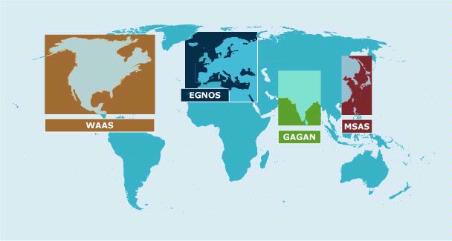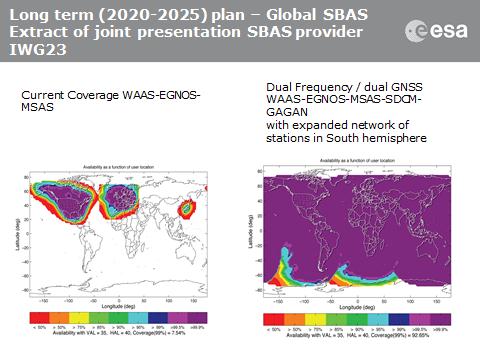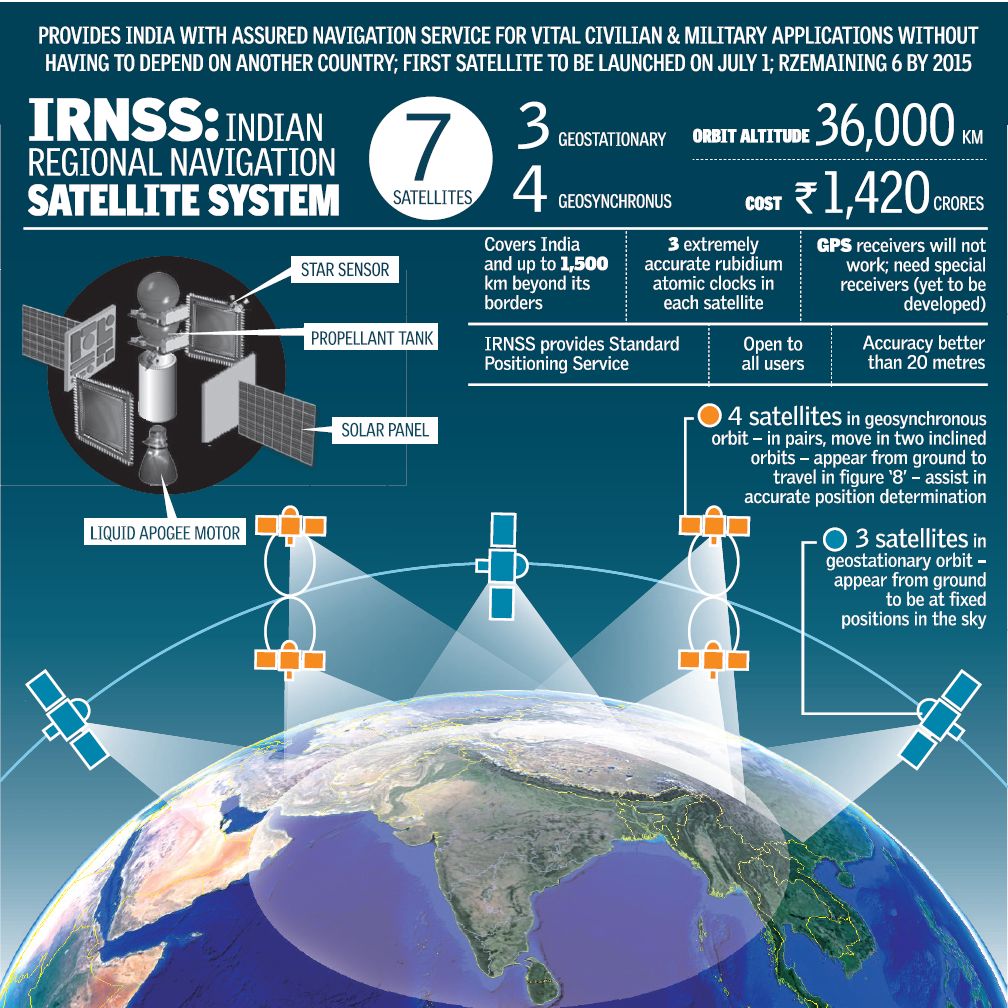
SBAS Interoperability Working Group: Setting up a common standard
The SBAS (Satellite Based Augmentation System) Interoperability Working Group consisting of more than 30 specialists overseeing the world’s five satellite navigation augmentation systems from United States of America, Russia, European Union, Japan and India gathered at Russia’s Svetloe Space observatory in late june this year, planning for a high-performance future with many more navigation satellites in orbit.
The Satellite Based Augmentation Systems basically complement the Global Navigation Satellite Systems by compensating for certain disadvantages of such Global systems in terms of accuracy, integrity, continuity and availability. SBAS helps improve positioning accuracy by sending real time corrections for Ionospheric errors. In a sense the SBAS works like a Real Time Kinematic (RTK) network by sending corrections to the user thereby helping improve position accuracy.
However, the current SBAS do not have any mechanism for interoperability i.e. USA’s WAAS has a different message format when compared to EU’s EGNOS. Interestingly all SBAS utilize GPS as their basic GNSS constellation for which they send corrections to the user on the ground (or to an aircraft).
The working group is meeting twice an year with the main objective of ensuring that the various systems work together on a standard basis, so that an end user can seamlessly switch from using one system to another. In the current scenario, an aircraft that is flying over Europe can’t utilize GAGAN even if it able to track both – thanks to the different message formats that each SBAS uses but the SBAS Interoperability Working Group is hopeful that this be soon rectified.
The extended coverage and interoperability will greatly help improve accuracy of positioning worldwide and maybe even help in cooperation between different Global Navigation Satellite Systems!
Did you like this post? Read more and subscribe to our monthly newsletter!








